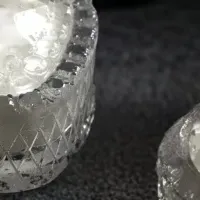
Rapid Growth of Nonwoven Fabrics Market Projected to Reach $72.21 Billion by 2030
The Nonwoven Fabrics Market: A Look Ahead to 2030
Overview
The global nonwoven fabrics market is on an upward trajectory, expected to reach a staggering $72.21 billion by the year 2030. This growth is fueled by increasing demand across high-value industries, with a significant focus on healthcare, hygiene, automotive, and construction. Currently valued at $54.73 billion in 2025, the market demonstrates a promising CAGR of 5.7% during the forecast period. Nonwoven fabrics are celebrated for their lightweight, durability, and cost-effectiveness, making them an ideal choice for a host of applications including medical devices, personal hygiene products, and filtration systems.
Key Market Drivers
Rising Demand in Healthcare and Hygiene
One of the primary drivers for this market's growth is the rising need for nonwoven materials in the healthcare sector. Innovations in single-use medical products such as surgical drapes, gowns, and masks are contributing to a surge in demand. Hospitals and biopharmaceutical firms are investing heavily in nonwoven fabrics for their sterile, contamination-free properties.
Regulations and Filtration Needs
Moreover, increasingly stringent regulatory requirements centered around air and water quality are propelling the need for advanced filtration solutions. Nonwoven fabrics prove advantageous in this context due to their exceptional particle retention capabilities, along with enhanced chemical resistance. Businesses are recognizing the importance of these fabrics in meeting compliance standards, further boosting their adoption across varied sectors.
Growth in Construction Applications
The building and construction industry represents another significant area of opportunity for nonwoven fabrics. With applications in roofing, insulation, and geotextiles, nonwovens offer a combination of durability and lightweight handling that aligns with modern construction standards focused on energy efficiency and sustainability. As the demand for high-performance materials grows, nonwoven products are becoming a staple in innovative building projects.
Segment Insights
Dry Laid Technology
In 2024, the Dry Laid segment of the nonwoven fabrics market held a notable share, owing to its flexibility and cost-effectiveness. This technology involves the mechanical deposition of fibers, allowing it to cater to various applications, making it a sought-after solution among manufacturers.
North America’s Market Position
The North American region is projected to showcase strong market presence, attributed to a burgeoning demand from sectors like automotive and healthcare. The region's advanced manufacturing capabilities and government regulations that promote eco-friendly materials have played a pivotal role in developing a robust nonwoven fabrics market.
Leading Market Players
Several established players dominate the nonwoven fabrics landscape. Companies such as Berry Global Inc., Freudenberg Group, and DuPont lead the market, supported by continual investments in innovation and sustainable practices. Their presence is vital as they adapt to the evolving needs of the industry.
Conclusion
With the nonwoven fabrics market set for rapid expansion over the coming years, stakeholders across various industries would do well to harness these materials' benefits. As we edge closer to 2030, the emphasis on sustainability, compliance, and efficiency will drive this sector's growth and reshape our approach to material science.
This report highlights the strategic avenues available to companies within the nonwoven fabric space, showcasing a future rich with opportunities and innovation.
Topics Consumer Products & Retail)


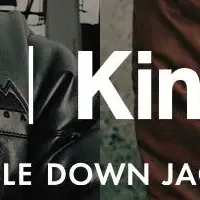

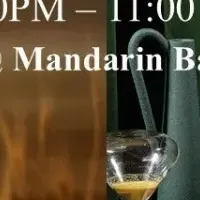


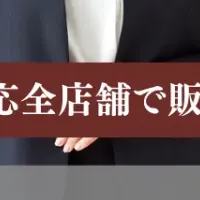
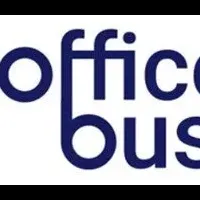

【About Using Articles】
You can freely use the title and article content by linking to the page where the article is posted.
※ Images cannot be used.
【About Links】
Links are free to use.